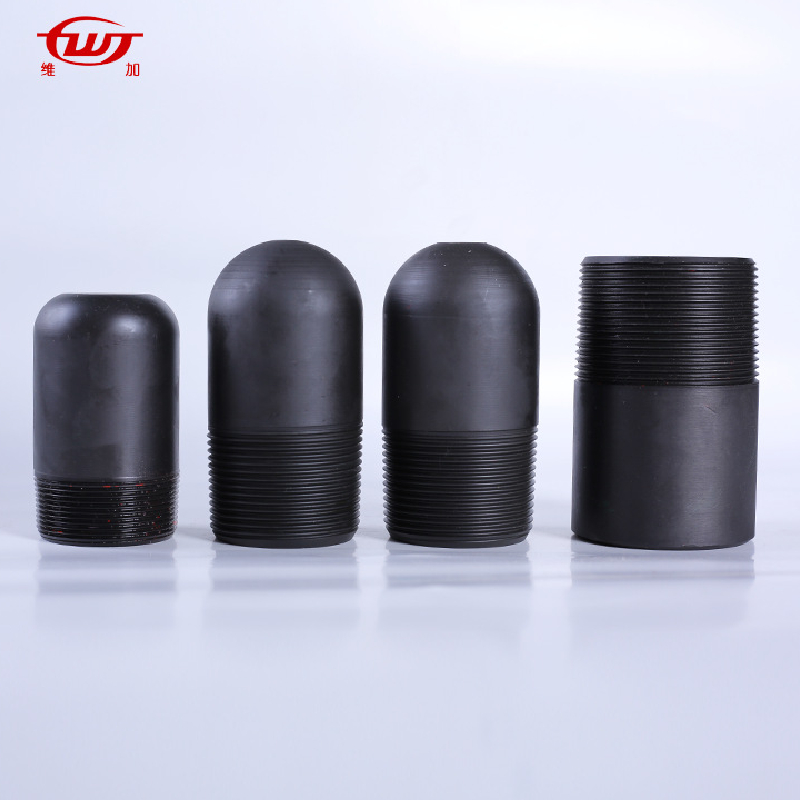- Afrikaans
- Albanian
- Amharic
- Arabic
- Armenian
- Azerbaijani
- Basque
- Belarusian
- Bengali
- Bosnian
- Bulgarian
- Catalan
- Cebuano
- Corsican
- Croatian
- Czech
- Danish
- Dutch
- English
- Esperanto
- Estonian
- Finnish
- French
- Frisian
- Galician
- Georgian
- German
- Greek
- Gujarati
- Haitian Creole
- hausa
- hawaiian
- Hebrew
- Hindi
- Miao
- Hungarian
- Icelandic
- igbo
- Indonesian
- irish
- Italian
- Japanese
- Javanese
- Kannada
- kazakh
- Khmer
- Rwandese
- Korean
- Kurdish
- Kyrgyz
- Lao
- Latin
- Latvian
- Lithuanian
- Luxembourgish
- Macedonian
- Malgashi
- Malay
- Malayalam
- Maltese
- Maori
- Marathi
- Mongolian
- Myanmar
- Nepali
- Norwegian
- Norwegian
- Occitan
- Pashto
- Persian
- Polish
- Portuguese
- Punjabi
- Romanian
- Russian
- Samoan
- Scottish Gaelic
- Serbian
- Sesotho
- Shona
- Sindhi
- Sinhala
- Slovak
- Slovenian
- Somali
- Spanish
- Sundanese
- Swahili
- Swedish
- Tagalog
- Tajik
- Tamil
- Tatar
- Telugu
- Thai
- Turkish
- Turkmen
- Ukrainian
- Urdu
- Uighur
- Uzbek
- Vietnamese
- Welsh
- Bantu
- Yiddish
- Yoruba
- Zulu
tubing and casing
Tubing and Casing Essential Components in Oil and Gas Production
In the exploration and production of oil and gas, tubing and casing are two critical components that play pivotal roles in the integrity, safety, and efficiency of drilling operations. Understanding these elements helps industry professionals and stakeholders appreciate their significance within the entire process of extracting hydrocarbons from the earth.
What is Casing?
Casing refers to the series of steel pipes that are inserted into a drilled borehole to provide structural integrity to the well. Its primary function is to stabilize the wellbore, prevent the collapse of the surrounding rock formations, and protect freshwater aquifers from contamination during the drilling and production processes. Casing serves several crucial purposes
1. Well Integrity Casing ensures that the well remains stable under various pressure conditions encountered during drilling and subsequent production.
2. Zonal Isolation Different depths of a well may intersect with various geological formations that may contain gas, oil, or water. Casing enables isolation of these zones, preventing the unwanted migration of fluids between them.
3. Safety By creating a protective barrier, casing minimizes the risk of blowouts, which can lead to catastrophic accidents.
4. Pressure Management Casing helps in managing the pressures within the well, which is essential when dealing with high-pressure hydrocarbon reservoirs.
Casing is typically categorized into various types based on its position in the wellbore - Surface Casing Installed at the uppermost section of the well, this casing protects freshwater sources. - Intermediate Casing This section provides additional stability at greater depths where geological formations may be complex or unpredictable. - Production Casing The final casing that enables the extraction of hydrocarbons from the targeted reservoir.
What is Tubing?
tubing and casing

While casing provides structural integrity to the well, tubing is the smaller diameter pipe installed inside the casing that transports oil and gas from the reservoir to the surface. Tubing is essential for several reasons
1. Fluid Transport Tubing acts as the conduit for produced fluids to flow to the surface, where they can be collected, processed, and transported for further refining or distribution.
2. Enhanced Production The design and material of the tubing are often optimized to maximize flow rates, reduce friction losses, and improve overall production efficiency.
3. Easy Maintenance and Handling Tubing can be removed and replaced without needing to disturb the casing, enabling easier maintenance and intervention operations when required.
4. Pressure Control Tubing systems often incorporate various technologies such as control valves and downhole pumps that help manage the pressure within the well, optimizing production rates and enhancing recovery.
Tubing can be categorized based on its material and structural properties, where common options include carbon steel, stainless steel, and various alloys tailored for specific conditions and fluid types.
The Interdependence of Tubing and Casing
While tubing and casing perform distinct functions within the well, their interdependence is crucial for successful oil and gas operations. Properly designed and installed casing supports tubing integrity, preventing failures that could lead to production losses or environmental contamination. Conversely, the efficiency of tubing affects the overall production capacity of the well, making it necessary for operators to pay close attention to both components during the planning and execution phases.
Conclusion
In summary, tubing and casing are fundamental elements in the drilling and production of oil and gas. Their respective roles in maintaining well integrity, facilitating fluid transport, and ensuring safety cannot be overstated. As the industry faces increasing challenges such as deeper reservoirs, complex geological formations, and heightened regulatory scrutiny, the technology and techniques surrounding tubing and casing will continue to evolve, playing a critical role in the future of energy production. Proper selection, installation, and maintenance of these components remain vital tasks for engineers and operators striving for efficiency and safety in their operations.
-
Tubing Pup Joints: Essential Components for Oil and Gas OperationsNewsJul.10,2025
-
Pup Joints: Essential Components for Reliable Drilling OperationsNewsJul.10,2025
-
Pipe Couplings: Connecting Your World EfficientlyNewsJul.10,2025
-
Mastering Oilfield Operations with Quality Tubing and CasingNewsJul.10,2025
-
High-Quality Casing Couplings for Every NeedNewsJul.10,2025
-
Boost Your Drilling Efficiency with Premium Crossover Tools & Seating NipplesNewsJul.10,2025







